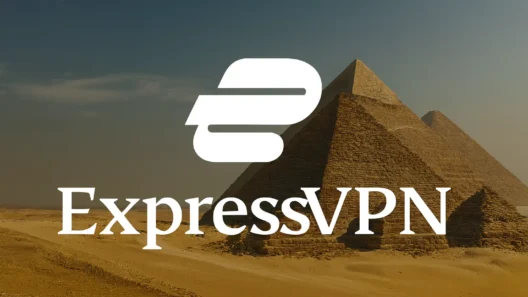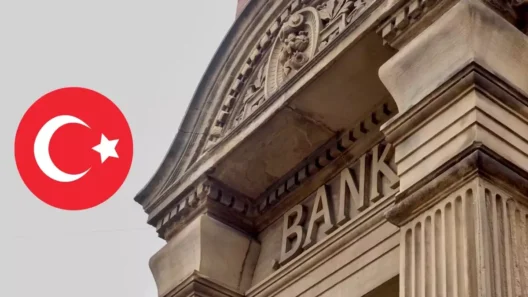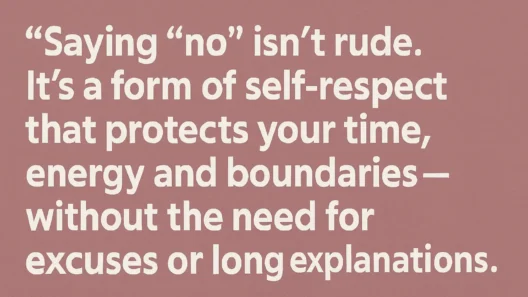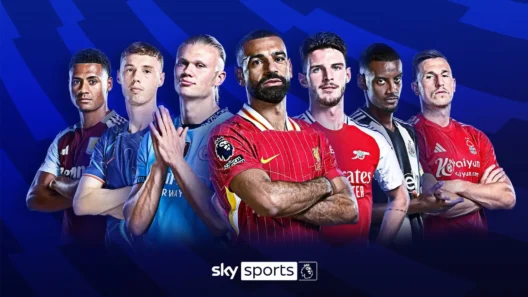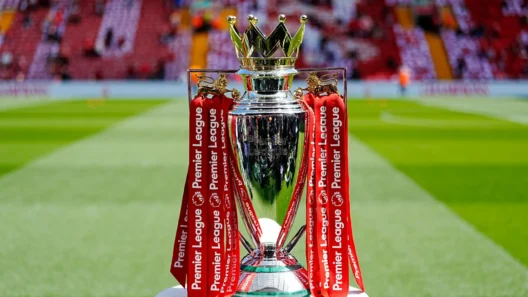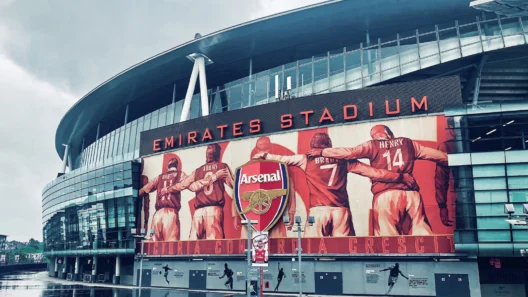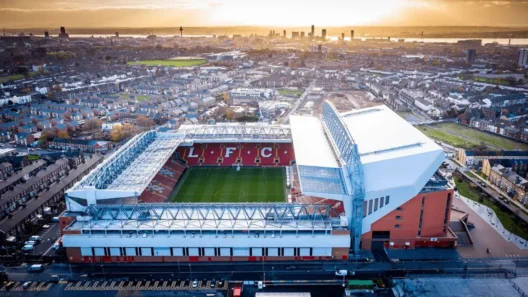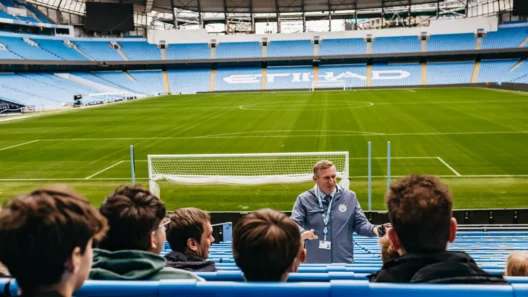If there’s a sporting event that channels the wild, restless energy of New York, it’s the US Open. Forget the prim lawns of Wimbledon or the aristocratic silence of Roland-Garros. The US Open is a living, breathing force of nature—a gigantic summer party where tennis feels more like a festival than a polite match.
Whether you’re on the stands during a heated night match, watching with friends in a sports bar, or secretly cheering from the other side of the world, this is one event where boredom simply isn’t an option.
What Makes the US Open So Different?
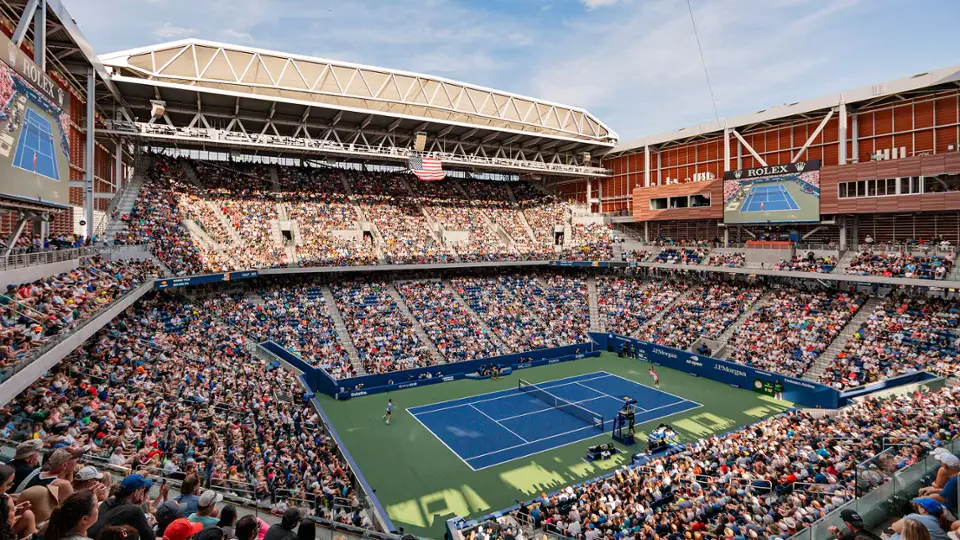
It’s not just about the tennis—it’s about the pure, raw energy. The stadium pulses with waves of cheers, people shout, chant, and support their favorites with a passion that’s downright contagious. In New York, nobody ever really sleeps, and that goes double for the US Open.
While other tournaments expect players to focus in near silence, it’s the noise and emotion here that creates the unique Flushing Meadows magic. Winning in New York isn’t just about being a great player; you have to be mentally tough enough to turn that chaos into an advantage.
From Gentlemen’s Game to Tennis Superpower
You might be surprised to learn the US Open traces its roots back to 1881—not in New York, but at the Newport Casino in Rhode Island. Back then, it was almost a club event for tennis and social elites. As tennis gained popularity, the tournament moved to Queens—to the legendary West Side Tennis Club at Forest Hills.
A real turning point came in 1968 with the beginning of the “Open Era,” when professional players were allowed to compete for the first time. It wasn’t just about prestige anymore—it was about money, fame, and serious global competition.
But the true transformation happened in 1978, when the tournament moved into a purpose-built venue at Flushing Meadows. That’s when the US Open turned into the mega-event we know today.
The US Open and the Surface Revolution

One of the most unique things about the US Open is its surface history. The event started out on grass, then had a short adventure with Har-Tru clay in the 1970s, before finally landing on hard courts—the acrylic Laykold surface used today.
This surface fits the American style: fast, fair, and perfect for aggressive, powerful tennis where the first strike often decides the point. Because of this shift, the US Open stands apart from the other Slams and became a laboratory for modern tennis.
The one and only Jimmy Connors holds a record that will likely never be broken: he won the US Open on all three surfaces. Now that the tournament will only ever be played on hard courts, nobody will match that achievement.
Pioneering Rules and Real Equality
The US Open has never been afraid to break the mold. It was the first Slam to use the tiebreak, so no more endless sets—matches get a sharp, dramatic ending.
And, most importantly, the US Open was the first Grand Slam to award equal prize money to men and women. What’s standard now was revolutionary then, setting the bar for all of sport.
The Heart of the Tournament: Billie Jean King National Tennis Center
Today, the home of the US Open is the Billie Jean King National Tennis Center in Flushing Meadows–Corona Park. Spanning 46 acres, the complex has transformed into one of the world’s most modern sporting arenas.
The crown jewel is the Arthur Ashe Stadium—the largest tennis stadium on earth, with a capacity of over 23,000. With its retractable roof, matches can be played rain or shine, and the night sessions create an atmosphere that’s simply unbeatable.
Right next door, Louis Armstrong Stadium and the Grandstand are a bit smaller but even more intense, often giving fans the chance to get up close and personal with the stars.
The Surface That Defines Champions
All the courts use the same hard surface (Laykold), with that iconic blue center and green outer areas, making it super easy to track the ball. The speed is medium-fast and perfect for the aggressive, attacking tennis that rules today’s rankings.
And here’s a cool perk: the venue is open to the public the rest of the year! Yes, you can actually book a court and play on the same ground as Alcaraz or Sabalenka.
Who Runs the Show? The USTA and Its Mission
The entire tournament is organized by the USTA (United States Tennis Association). This isn’t just a group of officials—it’s the engine of American tennis, and the money from the US Open goes straight back into developing the sport: from youth programs to college leagues and even Team USA.
Everything earned from the US Open is reinvested into building new courts, coaching, and supporting future champions. That’s a big part of why American tennis remains so powerful.
US Open 2025: What’s Coming Up This Year?

This year’s tournament is breaking records in every way. The action runs from August 24 to September 7, and for the first time ever, it’s stretched to a full 15 days (starting on Sunday!).
One of the biggest changes is that the main draw kicks off right after “Fan Week,” making for a packed schedule and an even livelier atmosphere.
Prize Money: Who’s Getting Rich This Year?
Money at the US Open is a show of its own. For 2025, a mind-blowing $90 million is on the table—20% more than last year! The singles champions walk away with an insane $5 million each, which is the highest winner’s payout in all of tennis. Even if you lose in the first round, you still take home $110,000. Not a bad consolation prize!
Prize Money Breakdown:
- Singles Winners: $5,000,000
- Finalists: $2,500,000
- Semifinalists: $1,260,000
- Quarterfinalists: $660,000
- Round of 16: $400,000
- First Round: $110,000
Best part? The pay is completely equal for men and women, as well as doubles and mixed doubles teams. Winning a doubles or mixed title means splitting $1 million—a world record for tennis.
The Main Stars and Stories of This Year
Men’s draw: All eyes are on the Sinner vs. Alcaraz rivalry. These two have dominated recent Grand Slams, and their showdowns are a tennis fan’s dream. Sinner is the defending champ and could join Federer as the only men to win four hard-court Slams in a row. But don’t count out Djokovic, who’s still hungry for a record 25th Grand Slam. Local heroes like Taylor Fritz and Ben Shelton will feed off the home crowd, so there could be some big surprises.
Women’s draw: It’s wide open. Aryna Sabalenka defends her title but had a few disappointments at the big events this year. Iga Świątek, Coco Gauff, Emma Raducanu, Naomi Osaka—and even the legendary Venus Williams (with a wildcard!)—all want the trophy. There are so many storylines, anyone could be the last one standing.
The Mixed Doubles Revolution: Genius or Gamble?
The mixed doubles event is making waves. USTA managed to lure the biggest stars (yes, including Djokovic and Alcaraz) by moving the event before the main tournament, shrinking the draw to 16 teams, and dangling a $1 million prize for the winners.
The idea? Make mixed doubles a true fan magnet—packed stands instead of empty seats. It’s working, but at a cost: only the biggest names get a shot, and traditional doubles players are left out. Plus, there’s always the risk of injury or exhaustion before the singles campaign even starts. The tennis world is watching to see how this plays out.
US Open by the Numbers: Records That Stand Out
- Most Men’s Titles (all-time): Bill Tilden, William Larned, Richard Sears – 7
- Most Men’s Titles (Open Era): Roger Federer, Pete Sampras, Jimmy Connors – 5
- Most Women’s Titles (all-time): Molla Mallory – 8
- Most Women’s Titles (Open Era): Chris Evert, Serena Williams – 6
- Most Wins (Men): Jimmy Connors – 98
- Most Wins (Women): Chris Evert – 101
- Oldest Women’s Champion: Molla Mallory (42 years old)
- Unique record: Connors won on grass, clay, and hard courts—never to be repeated!
Open official website – US Open 2025
How to Experience the US Open Like a Pro (My Personal Tips)
Where to Stay in New York (My Survival Guide)
Booking a hotel in NYC during the Open is an extreme sport in itself. Prices skyrocket, especially for finals weekend, and the best spots are snapped up months in advance. Here’s what works for me:
- Booking.com or Hotels.com: I always start here. The best selection—budget hotels in Long Island City (only one subway stop from the tennis center!), or boutique spots in Midtown if you want the full tourist vibe.
- Queens over Manhattan: Don’t be afraid to book outside of Manhattan! Honestly, staying in Queens (think Flushing, Astoria, or Sunnyside) saves you tons of money, keeps you closer to the action, and means less time on the subway.
- Apartments & Airbnb: When I travel with friends, we split an Airbnb in Astoria or Woodside. More space, kitchen for quick breakfasts, and a fun local neighborhood feel.
- Don’t wait too long: If you’re mostly there for the tennis atmosphere and not picky about which round, the first week is much more affordable for accommodation. Finals weekend gets insane.
Getting to New York: How I Score Flight Deals
Flights to NYC in August aren’t cheap. But if you play it right, you can snag a deal:
- Set alerts on Momondo or Kiwi. I start hunting 4–6 months before and jump on sales.
- Try mid-week departures: Tuesdays or Wednesdays are usually cheapest.
- JFK, Newark, or LaGuardia: All three airports are good. I prefer JFK (fastest subway), but Newark often has better prices for transatlantic flights.
- Europe to NY: Norwegian, Play, LOT, and even TAP sometimes have wild deals—just check baggage policies so your “cheap” flight doesn’t double in price with luggage!
How to Actually Watch the US Open Online – My VPN Trick
Traveling during the US Open, or living in a country where broadcasts are limited? Here’s what I do (and what’s saved my tennis sanity more than once):
- Get a solid VPN: I swear by NordVPN and ExpressVPN—both unblock ESPN (US), Eurosport (Europe), and more. They’re fast, reliable, and work on hotel WiFi without breaking a sweat.
- Connect to a server in your home country: This lets you watch your own subscription stream as if you’re at home.
- Open your app (ESPN+, Eurosport, etc.): Log in, grab your snacks, and watch—no more region errors!
- Bonus: VPNs also protect your passwords and banking info on sketchy hotel WiFi. Essential in New York’s packed hotels and airports.
| 5 Best VPN for US Open | Offer + Discount | URL |
|---|---|---|
| NordVPN | 77% off + 3 months free | Try NordVPN |
| ExpressVPN | 61% off + 6 months free | Try ExpressVPN |
| SurfShark | 87% off + 2 months free | Try SurfShark |
| CyberGhost | 83% off + 2 months free | Try CyberGhost |
| PIA VPN | 82% off + 2 months free | Try PIA VPN |
What to Do in NYC When You’re Not at the Tennis (Or During a Rain Delay!)
New York is a city where you can never run out of things to do—even if you want a break from tennis (yes, it happens). These are my go-to ideas, especially if you book through GetYourGuide:
- Food tours in Queens or Manhattan: I love using GetYourGuide for last-minute culinary walks—Chinatown, pizza tours, or Korean BBQ adventures.
- Skip-the-line for major sights: Top of the Rock, MoMA, 9/11 Memorial—you name it, GetYourGuide often has fast-track entry (you’ll thank me when you see the lines).
- Central Park by bike, sunset cruises, or Broadway tickets: Easy to book, and great if you want to squeeze more out of your trip between matches.
- Explore Flushing: Some of NYC’s best Asian food is right by the tennis center. Try the Golden Mall Food Court or any of the local noodle shops.
- People-watching in Times Square: It’s touristy, but it’s fun—especially at night.
Tip: Many of these activities are super easy to book on your phone between matches—sometimes I buy tickets online literally while standing in the US Open food court.
US Open: More Than Just a Tournament
The US Open is a festival—of tennis, of innovation, of stories and records. It mixes tradition with wild, modern energy, and it’s impossible to leave unchanged. Whether you’re there for the titans clashing under the Ashe lights, the buzzing New York nightlife, or the pure thrill of being part of something this big, it’s a bucket-list experience.
If you’re going, embrace the chaos. If you’re watching from afar, fire up your VPN, pour yourself something cold, and join the party online. There’s nothing else like it.

